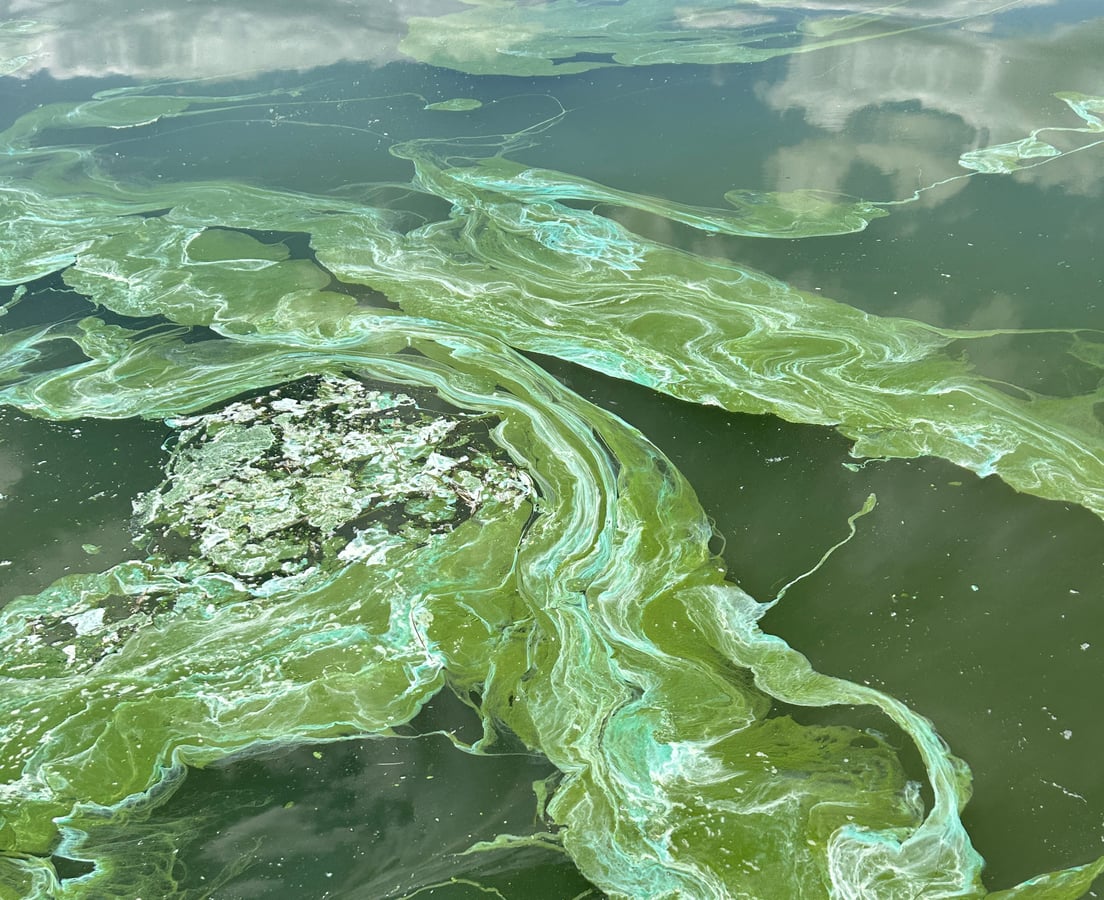
Phosphorus is one of the primary drivers of algae blooms in freshwater ecosystems. While it plays a necessary role in aquatic plant growth, elevated phosphorus levels can cause imbalances that threaten water quality and aquatic life. This is particularly evident in the form of eutrophication, a process where nutrient enrichment leads to excessive algae and plant growth.
Sources of phosphorus include agricultural runoff, lawn and garden fertilizers, stormwater, wastewater discharges, and eroding soil. Once in the water, phosphorus encourages the growth of algae, particularly blue-green algae (cyanobacteria), which can form dense, unsightly blooms. Some cyanobacteria are capable of producing harmful toxins that pose health risks to wildlife, pets, and humans.
How Phosphorus Impacts Aquatic Systems
The overgrowth of algae caused by excess phosphorus can block sunlight, limiting the growth of beneficial aquatic plants. When the algae die and decompose, they consume oxygen, creating hypoxic or anoxic conditions that can result in fish kills and degraded habitats.
Phosphorus also contributes to internal nutrient cycling. In many lakes and ponds, phosphorus that has settled in sediments may be released back into the water under low-oxygen conditions, maintaining elevated nutrient levels even if external sources are reduced.



In-Lake Phosphorus Control Methods
A range of techniques are available to manage phosphorus within aquatic systems:
- Alum Treatment (Aluminum Sulfate): Alum binds with free phosphorus in the water to form aluminum phosphate, a stable compound that settles on the lakebed. This reduces the availability of phosphorus to algae and can significantly improve water clarity.
- Lanthanum-Modified Clays: These products use lanthanum to form an insoluble mineral with phosphate, preventing its release from the sediment. This method is particularly effective in lakes with a history of internal loading.
- Constructed Wetlands and Vegetative Buffers: These systems use natural processes to capture and filter phosphorus from incoming runoff, reducing external nutrient inputs.
Watershed-Based Approaches
Addressing the sources of phosphorus before it enters a waterbody is essential for long-term water quality improvement:
- Fertilizer Best Practices: Choosing phosphorus-free or slow-release fertilizers and applying them during dry conditions can help minimize runoff.
- Soil Testing: Matching fertilizer application to soil nutrient needs can prevent over-application and reduce phosphorus loading.
- Erosion Management: Keeping soil in place through planting cover crops or stabilizing banks with vegetation helps prevent sediment-bound phosphorus from entering waterways.
- Stormwater Solutions: Implementing rain gardens, bioswales, and retention ponds captures runoff and allows nutrients to be absorbed before reaching aquatic environments.
Sediment Removal and Internal Loading
If internal loading from phosphorus-rich sediments continues to cause water quality issues, dredging may be considered. This involves removing the upper layer of sediment to eliminate the source of internal phosphorus. However, because this process can disturb sediment and temporarily increase phosphorus concentrations, it is often combined with phosphorus binding treatments for better results.
Effective phosphorus management requires a comprehensive understanding of nutrient pathways and processes. By combining in-lake treatments with watershed-based practices, long-term improvements in water quality can be achieved.
Contact Water and Wetland today to schedule a water quality assessment and take the first step toward cleaner, healthier water.
About Water & Wetland, A Jones Lake Management Partner
Water & Wetland is a trusted expert in lake, pond, and wetland management, providing innovative and environmentally responsible solutions to control invasive species, restore shorelines, and improve water quality. As a Jones Lake Management Partner, we serve HOAs, golf courses, municipalities, and private landowners with customized lake and pond management plans designed to promote long-term ecological health. We understand the importance of proper permitting and regulatory compliance, ensuring that all projects meet local, state, and federal environmental standards. With a commitment to sustainability and science-based practices, Water & Wetland helps clients maintain thriving, well-balanced waterbodies.
